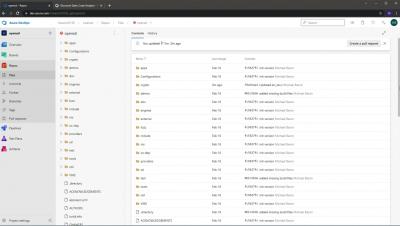Compliance Audit Best Practices
If you’re working in a regulated industry, compliance audits are a part of your day-to-day. Without the right processes in place to follow applicable standards, compliance can be tricky, and audits can be daunting. In order to successfully comply with regulatory standards applicable in your industry, you will be required to adopt a set of tools and practices as part of your product lifecycle itself.









